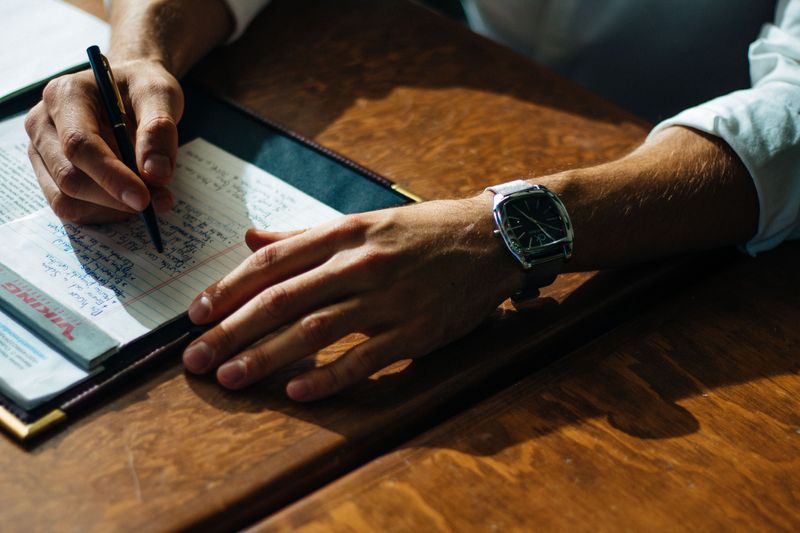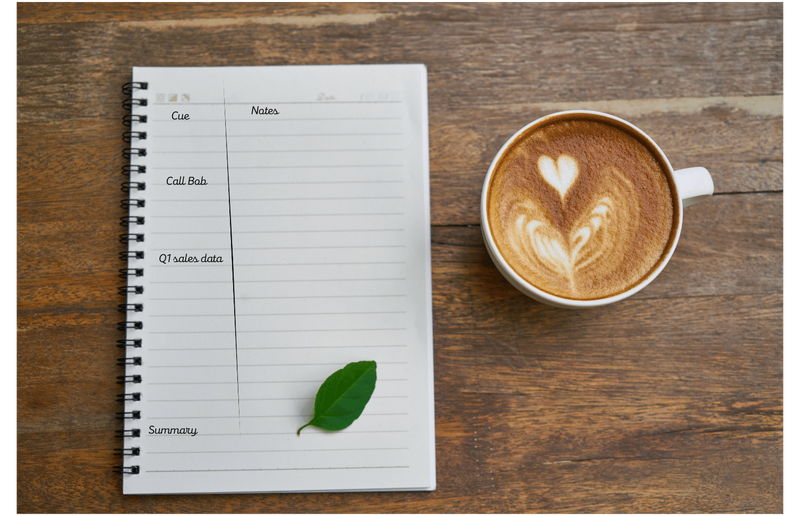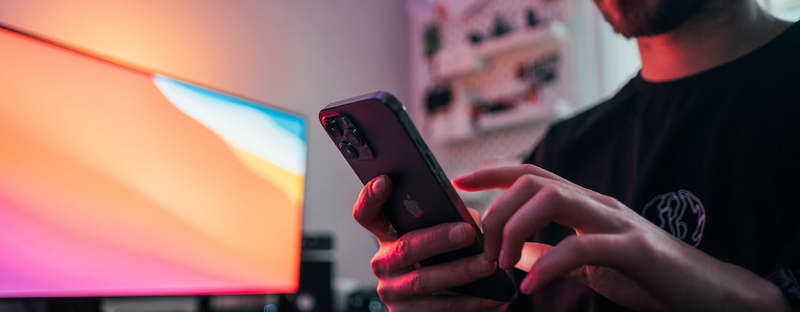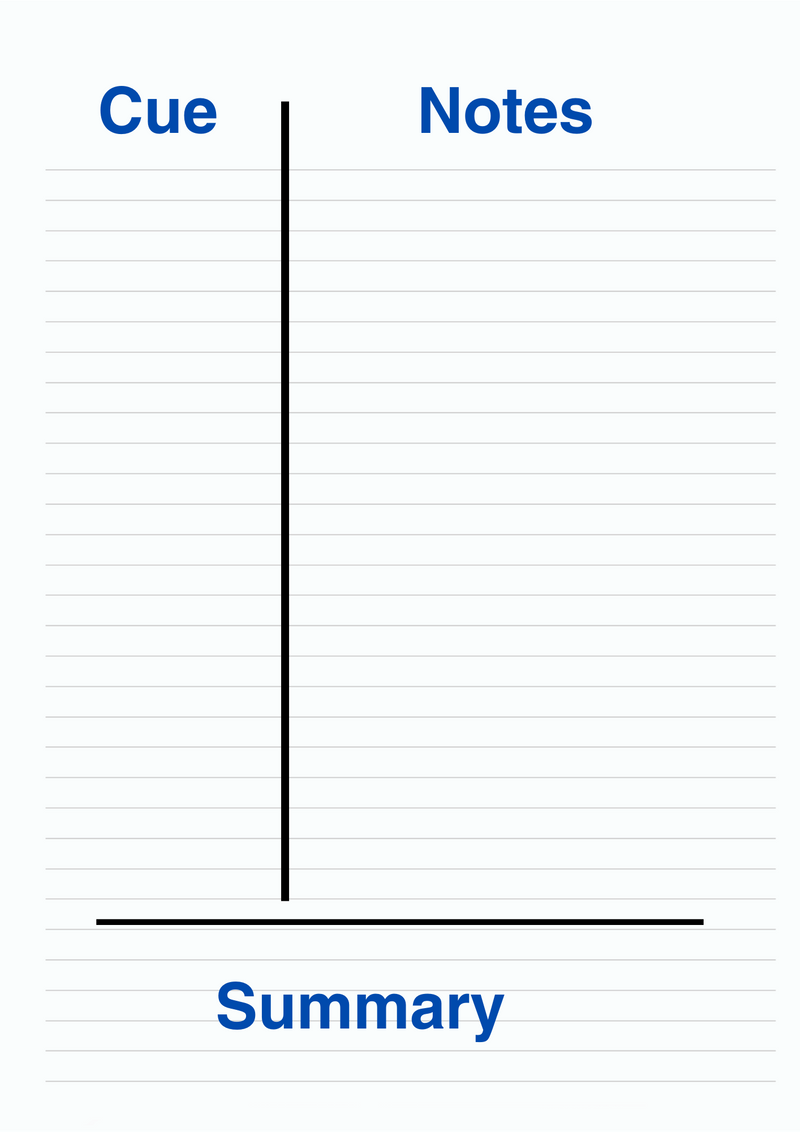
This logo isn't an ad or affiliate link. It's an organization that shares in our mission, and empowered the authors to share their insights in Byte form.
Rumie vets Bytes for compliance with our
Standards.
The organization is responsible for the completeness and reliability of the content.
Learn more
about how Rumie works with partners.
Are the notes from your most recent meeting hard to follow or filled with useless information?
 Photo by JESHOOTS.COM on Unsplash
Photo by JESHOOTS.COM on UnsplashTheCornell note-taking method can help you streamline your notes and identify any items requiring follow-up. This is an excellent method if you need to document or inform others of what was covered in the meeting.
Did you know?
Walter Pauk developed the Cornell Note-Taking System in the 1950's.
1. The Notes Section
The notes section is where you'll outline the contents of the meeting.
Jot down the main topics and ideas in this section.
 Photo by Adolfo Félix on Unsplash
Photo by Adolfo Félix on UnsplashRemember, the goal is to capture the main ideas and important information, not write everything you hear.
2. The Cue Section
In the cue section, you'll note theitems that require follow-up.
Do you need to check the company’s handbook for specific procedures, schedule a meeting, or reach out to another team member? Document those commitments in the cue section.

Using the cue section for action items makes it easy to recall what you need to complete before the next meeting.
3. The Summary Section
In the summary section, you'lloutline the main ideas from the meeting in just a couple of sentences.
Imagine that you need to text your manager about what happened in the meeting. Your summary needs to be short and to the point without missing important information.

When you reference this section, you'll be able to recall the main points of the meeting and the direction moving forward.
Give it a Try!
Let's pretend the information you read was just shared in your meeting. Which of the following statements creates the best summary?

A. This note taking method is great when you need to share information with others and follow-up before the next meeting.
C. The Cornell note-taking method uses notes, cues, and summaries to help you recall information. It improves follow-up and content sharing.
B. Cornell Notes help organize information and improve follow up by clearly identifying sections of the meeting notes.
D. Cornell note-taking is the best method to use when creating notes in meetings because each section has a designated purpose, which makes it easy for others to understand.
Quiz
Select the best summary:
Option C names each important section and the purpose of using this note-taking method. The other responses only state opinions and can't be used to apply the information later.
Take Action
 Photo by Scott Graham on Unsplash
Photo by Scott Graham on UnsplashIf you want to get organized in your next meeting with the Cornell note-taking method, try these ideas:
This Byte has been authored by
Mandi Purcey
Multi-Unit-Manager
